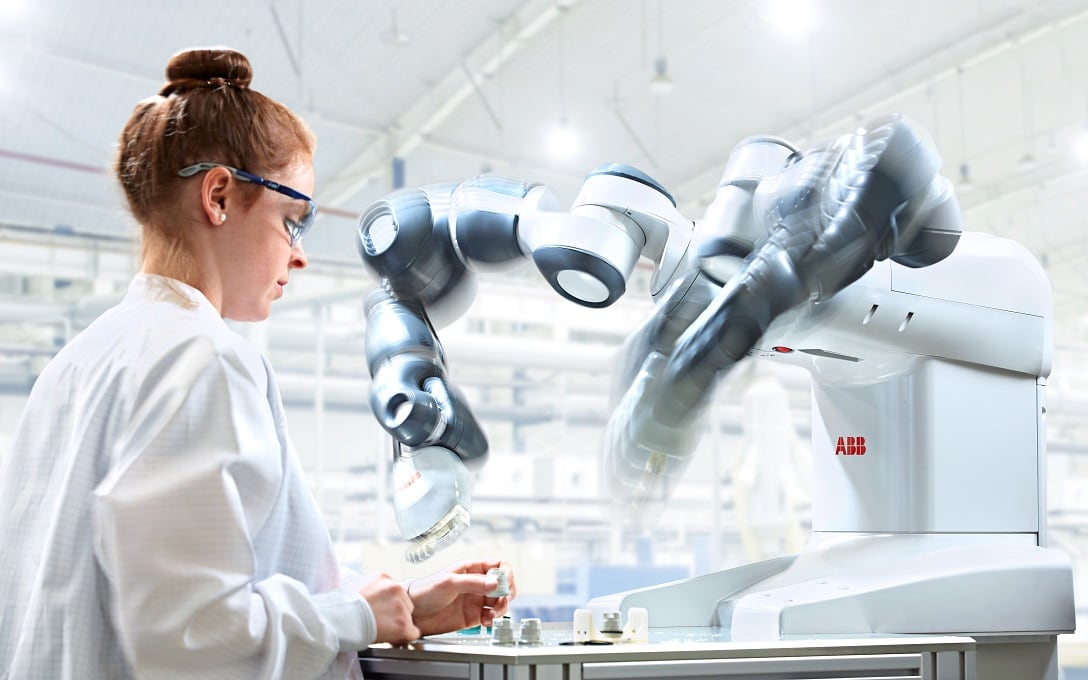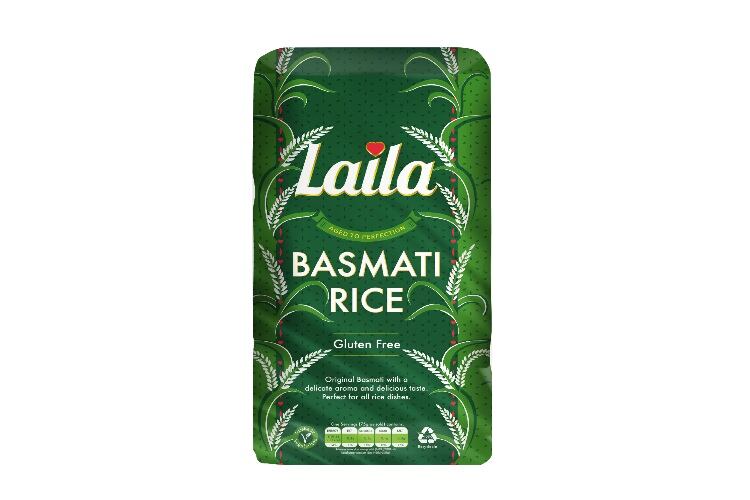Food Manufacture tracked down some of the significant, but less well-publicised, stories from the event and presents a roundup of these and other packaging and machinery innovation in its latest Editor’s Spotlight. Check out this and our other specially selected newsletters, which are published every Tuesday and Thursday.
The organisers’ computers may still be chomping their way through visitor turnout figures for the PPMA Show (25–27 September), but anecdotal evidence suggests that, whatever the business climate, food and drink manufacturers are as interested as ever in investing in capital equipment.
Nor have the more fortunate exhibitors been put off their stride by the Brexit quagmire. John Marlee, managing director of Bradman Lake Group, for example, explained to Food Manufacture that the majority of the UK-owned group’s sales were, in any case, to the UK, Commonwealth countries and North America.
Then again, it is probably no coincidence that the company’s key exhibit, the IMSL end-load cartoner, was first shown at last year’s Interpack exhibition – in Germany.
IMSL cartoner
The IMSL illustrates the increasing integration of robotics into the core functions of machine blocks. “For inserting product into the carton-end, and synchronised with each pack, a Cartesian robot system replaces the traditional ‘barrel loader’, a notoriously heavy piece of equipment,” Marlee explained.
The use of a puck system allows single, double or triple-layer product counts to be loaded into different carton sizes with a simple on-screen change.
Sick
Elsewhere, the automation focus was on hot data rather than cold metal. At Sick, segment manager for food and beverage Glynn Edwards said that whether it was from sensors, vision systems or components such as encoders, huge amounts of valuable data could now be “freed”.
“As an example, temperature data can be accessed via the I/O (input/output) link in motion control,” said Edwards. “If an inkjet printer gets too warm, for instance, the print quality deteriorates and can become blotchy. More people are starting to think about this sort of thing now.”
Sick’s AppSpace open software platform recognises that these capabilities are as likely to be pursued by OEMs and integrators as by the technology provider itself. “People can take a Sick product and enhance it to give them a competitive advantage,” said Edwards.
With programmable devices, data could be used for system diagnostics and predictive maintenance, he said. End-users can also utilise AppSpace to access ready-made apps to drive a given application.
In terms of specific equipment, Sick focused on the Trispector 1000 range of 3D programmable vision systems, which can be used for both quality inspection and robot guidance. New to the show was the Trispector P1000, which is especially suitable for pick-and-place robots.
ABB Robotics
Among the smaller robots in operation at the show, ABB Robotics’ YuMi dual-arm collaborative robot (or cobot) will be joined in the UK next month by its single-arm cousin. Marketing communications manager Michelle Jocelyn explained that the cobot’s low payload of just 0.5kg meant that the system itself was portable. It can incorporate vision, pneumatic and servo-driven features.
“Robot pricing has come down over time,” she said. “But it is also true that companies’ expectations regarding return on investment [ROI] have shifted. Today, ROI might be expected after two-to-three years for robots, and there is more of an acceptance that companies need to compete on comparable terms.”
Omron robots, barcode readers
Robots of the mobile variety were patrolling the Omron stand. These can be applied to a wide range of roles in a manufacturing setting.
“We haven’t highlighted these systems a lot in the past, but we’ve been seeing a lot of interest from the food and drink industry,” said marketing manager Dan Rossek. “This might be for replacing consumables such as labels, carton blanks or film. With human interaction, you lose the traceability. But with robots, you know what’s been taken out of the warehouse and you know it’s delivered to the right location on the factory floor. People are particularly worried about correct labelling of goods.”
Elsewhere on the stand, Omron was showing the Microscan range of barcode readers, described as being the most compact on the market. “They are particularly good at reading codes that are printed inaccurately, using one of the most advanced algorithms on the market,” said Rossek.
Ishida tray-sealer, customer care
Equipment on the Ishida Europe stand included the QX-775 Flex tray-sealer, shown inline with AirScan, which is used to detect and reject any leaking packs when they are gas-flushed with CO2.
But the company was also talking about its Sentinel remote customer care software. Among other benefits, this system allows customers to avoid downtime and establish overall equipment effectiveness (OEE), whether it is working with checkweighers, contaminant detection or other machinery.
“You can extract data from all equipment, with every machine having its unique IP address,” said marketing manager Torsten Giese. “With the customer’s permission, there can be a direct link to Ishida. It will even allow you to see when a film roll is about to run out!”
The company offers three levels of care: a reporting pack; intervention pack; and service pack. While the first option is free, intervention and service packages are paid for. According to Giese, around 50 customers, including some located in the UK, are currently using Sentinel at various levels.
Brillopak packaging machinery
Not everything in the show was about digital wizardry. In fact, Brillopak won the PPMA award for Most Innovative Packaging Machinery for a two-level conveyor system designed to replace a ‘lazy Susan’-type table for manually loading tray-packed fruit into cases. “One of the operators can come off the line, but at the same time, line speeds go up by 15%,” said director David Jahn. “A robot isn’t always the answer.”
Brillopak was also talking about its BR2 machine for packing punnets into cases, and capable of keeping up with today’s faster tray-sealers at speeds of up to 180 punnets a minute.
Cornwell Products pallet cooling
Away from packaging equipment, Cornwell Products explained the benefits of the airtight system for high-speed pallet cooling from French company Fromfroid, which it represents in the UK. “Cooling is a very expensive part of any business and also, typically, a bottleneck,” said Cornwell director Mark Baker. “Our cooling times are 30% or 40% shorter than with conventional systems, and no one has been able to match them.”
The patented system, which is new to the UK, can be used for any kind of product such as cream, cheese, yogurts, dips and dressings, he said.




